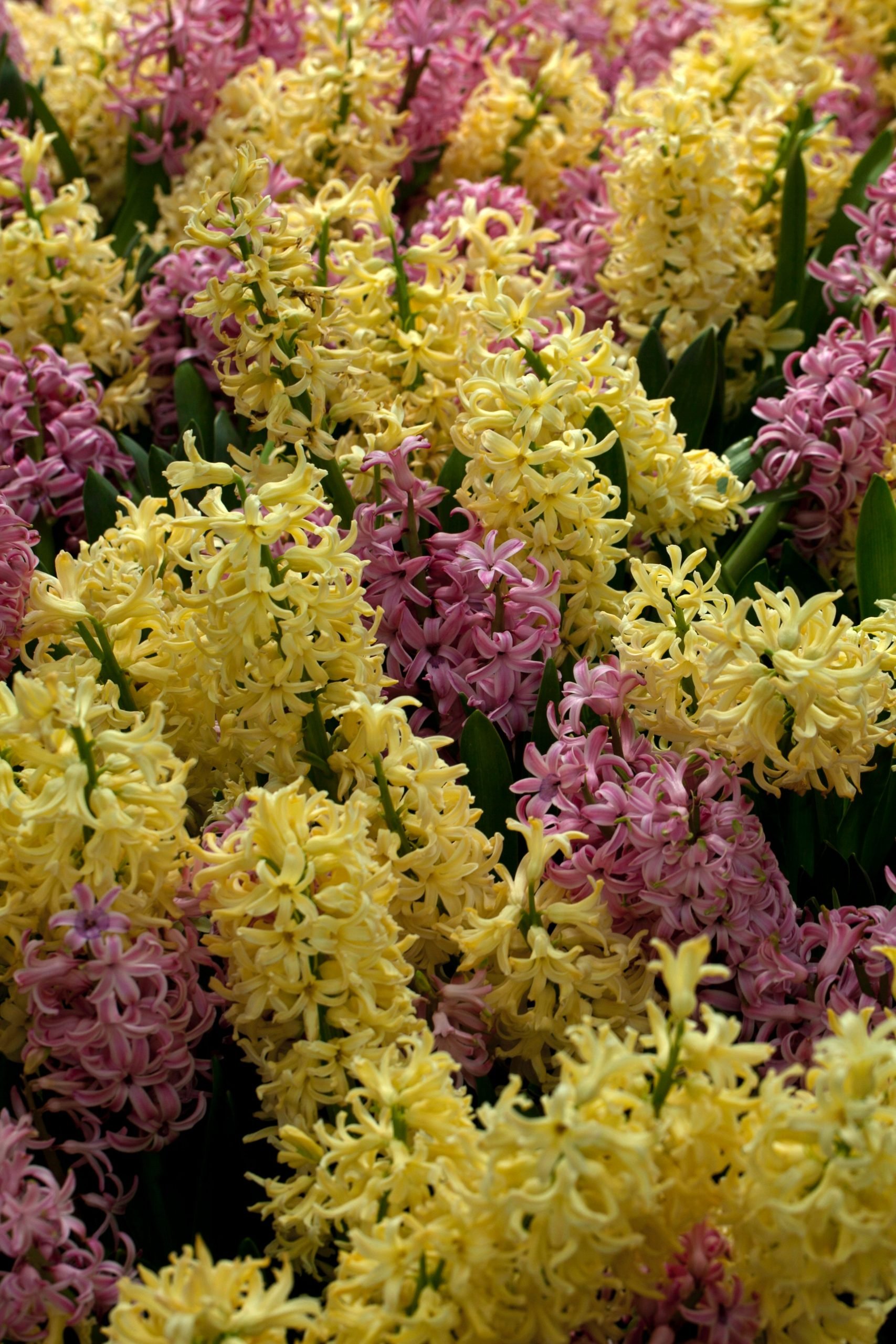Table of Contents
Ah, hyacinths – the quintessential springtime flower! With their sweet fragrance and array of stunning colours ranging from soft pink to regal purple, it’s no wonder why they’re such a beloved plant. And the best part? They’re simply very easy to grow, even for novice gardeners!
Are you ready to learn how to cultivate your very own hyacinth garden? Then, let’s dive into the ins and outs of hyacinth care, from planting to bloom time. So, grab your gardening gloves, and let’s get started!
How to Grow and Care for Hyacinth Plants
1. Planting Hyacinth
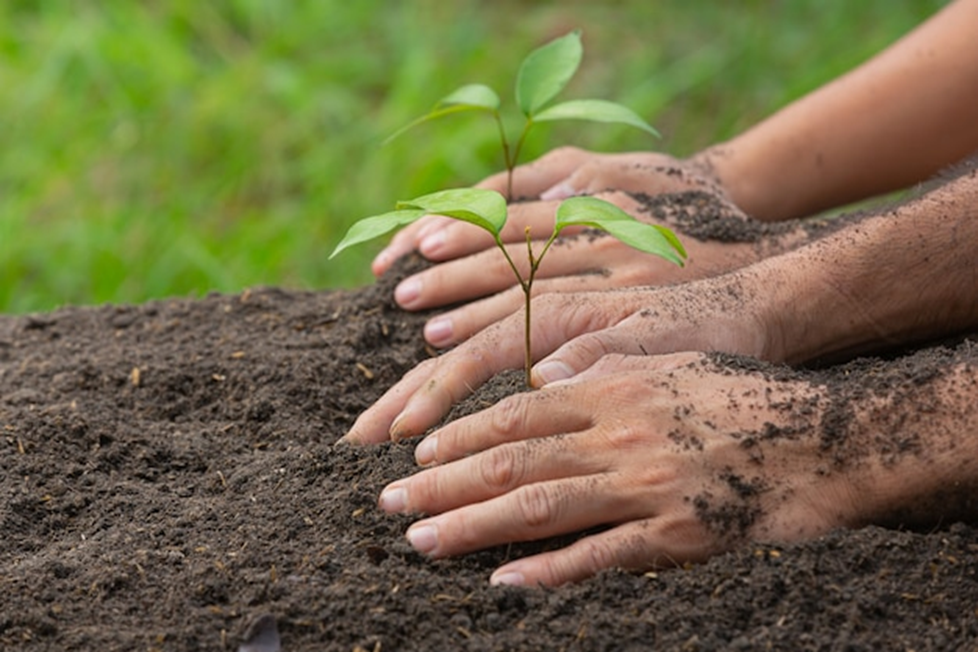
Growing hyacinth bulbs in well-drained soil are good, and planting can be done in the autumn or early winter. Put the bulbs in the ground, spacing them approximately six inches apart, and then cover them with soil. You must take care of your bulbs after planting them if you want them to develop into lovely, fragrant hyacinth plants.
Covering the planting area with mulch after planting is one crucial step in hyacinth maintenance. Mulch aids in the stabilization of soil temperature and moisture content, both of which are necessary for wholesome growth. Mulch can be made from a range of resources, such as straw, wood chips, or finely chopped leaves. Mulch should be applied over the planting area, but don’t smother the bulbs.
2. Water Hyacinths to Prevent Root Rot
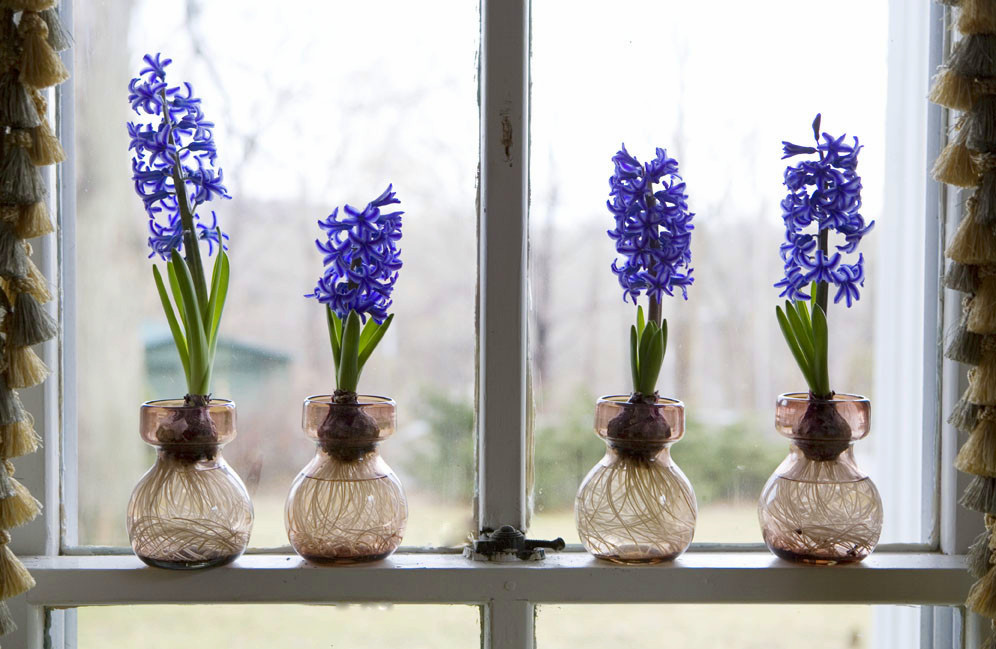
Gardeners love hyacinths for their stunning, fragrant blossoms that bring a punch of colour to any yard. However, they can be a little picky when it comes to water. Hyacinths need moist soil, as we just discussed, but too much water might cause root rot, finally killing your plant. You need to be careful how you water your hyacinths to avoid giving them too much water. Watering plants a little each day is a typical error many gardeners make. However, this might result in weak plants and shallow root development.
It is preferable to water your hyacinths once every week deeply. This enables the water to permeate the soil deeply, helping the roots to extend further. Your plants will be stronger, healthier, and more resistant to disease and other issues as a result.
3. Apply Fertilizer To Hyacinths
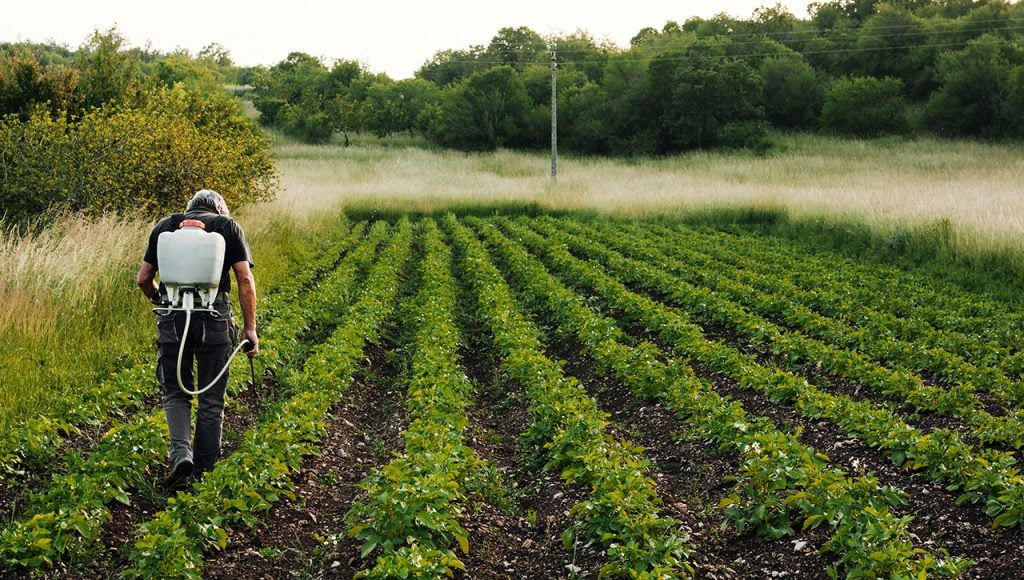
Hyacinths are very simple to look after, but they still need some care to stay strong and blossom. Fertilization is one component of hyacinth care that is frequently disregarded. Hyacinths don’t require much fertilizer, although a small amount applied in the early spring can support strong growth and blooming.
It’s crucial to choose a fertilizer that is balanced and made for flowering plants when choosing one for your hyacinths. Look for a fertilizer with a 10-10-10 or 5-10-10 ratio of nitrogen, phosphorous, and potassium. These elements are crucial for encouraging the development of robust roots, robust foliage, and brilliant blossoms.
To apply the fertilizer, simply sprinkle it around the base of your hyacinth plants, taking care not to get any on the foliage. Then, water the plants deeply to help the fertilizer soak into the soil.
4. Hyacinth Pruning and Deadheading
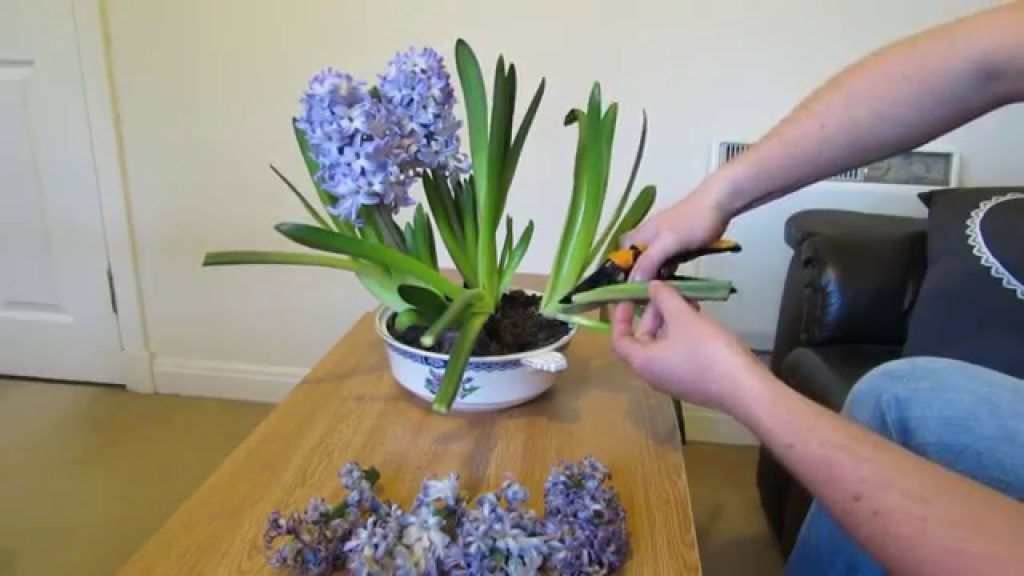
Hyacinth care without deadheading is incomplete and may prevent your plants from thriving year after year. Removing the wasted flowers encourages the plant to focus more energy on bulb development, resulting in bigger and greater blooms the next season.
Simply cut off the faded blooms at the stem’s base to deadhead your hyacinths. You can clip the bloom stalk back to the plant’s root if it has completely faded and turned brown. Use clean, sharp pruning scissors to prevent harming the surrounding foliage or other plant parts.
After your hyacinths bloom, let the foliage die back naturally before removing it. The plant is able to store energy in the bulb throughout this phase for the next season’s growth and blooming. Resist the desire to cut back or pick up the foliage, even if it appears unattractive, as this can hinder the plant’s rejuvenation ability.
5. Hyacinth Pest and Disease Control
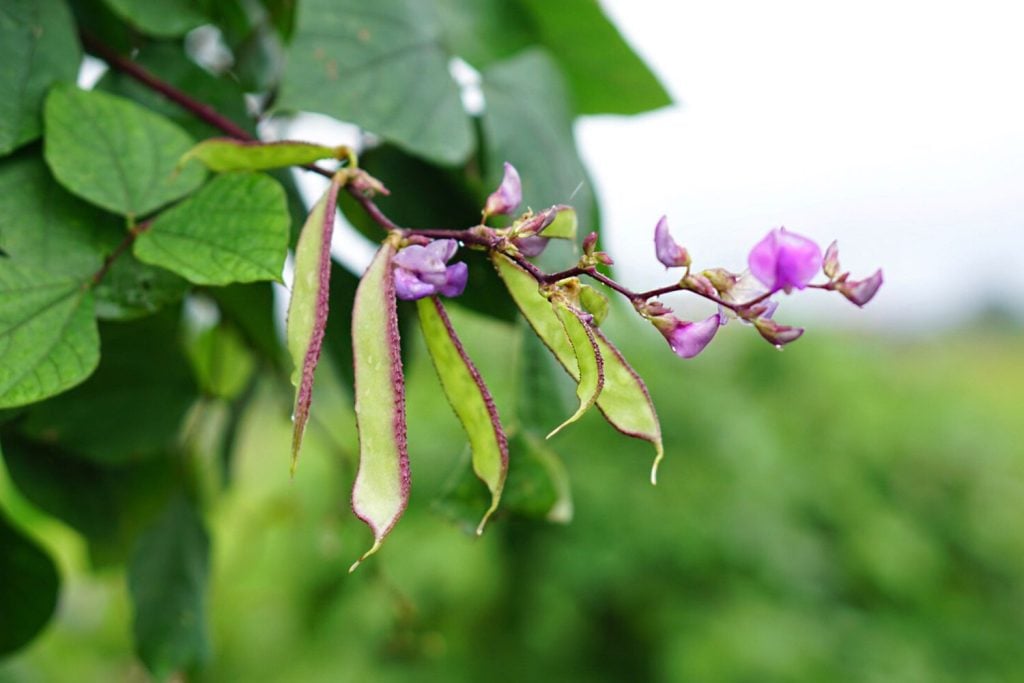
Hyacinths are well-known for their toughness and resilience to pests and diseases. However, just like any other plant, they can succumb to certain problems if not properly cared for. Fungal illness is one of the most prevalent diseases that hyacinths might suffer, and it can spread swiftly if not addressed properly.
To avoid fungal growth, make sure your hyacinths are placed in well-drained soil and not overwatered. Although hyacinths prefer moist soil, waterlogging can create ideal growth conditions for fungi. To avoid overwatering, water your hyacinths deeply once a week rather than a little bit every day.
If you notice any signs of disease or pests, treating the affected plant immediately is essential. Yellowing leaves can signify fungal disease, while aphids and other insects can quickly damage the plant if left unchecked. Fortunately, there are several natural and eco-friendly options for treating these issues.
6. Dividing and Transplanting Hyacinths
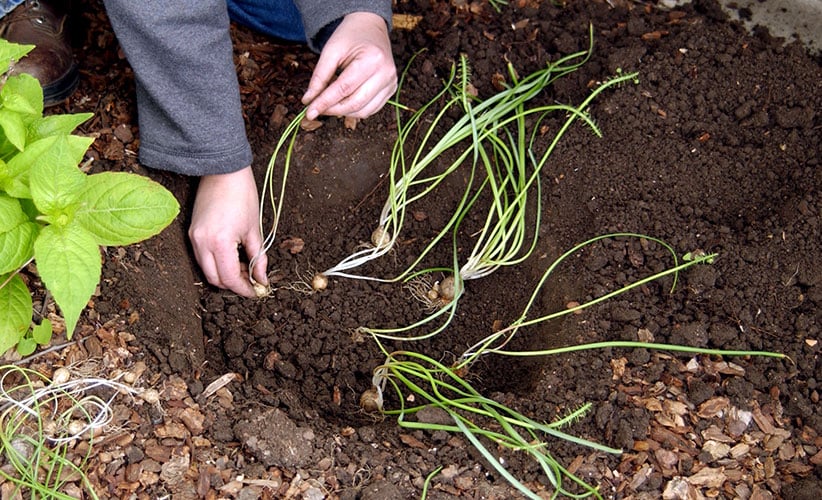
Hyacinth bulbs, like many other plants, can get overloaded and stop producing the brilliant blooms for which they are famous. Divide the bulbs every three to four years to maintain your hyacinths blooming brilliantly year after year. Dividing hyacinth bulbs is a straightforward procedure. Using a garden fork or spade, carefully dig up the entire clump of bulbs. Shake off any extra soil to reveal the individual bulbs. Next, carefully separate the bulbs by pulling them apart. Handle them with care to prevent injuring the fragile roots. To avoid the spread of illness, any damaged or diseased bulbs should be discarded.
What Is the Best Time to Plant Hyacinth Bulbs, and Where?
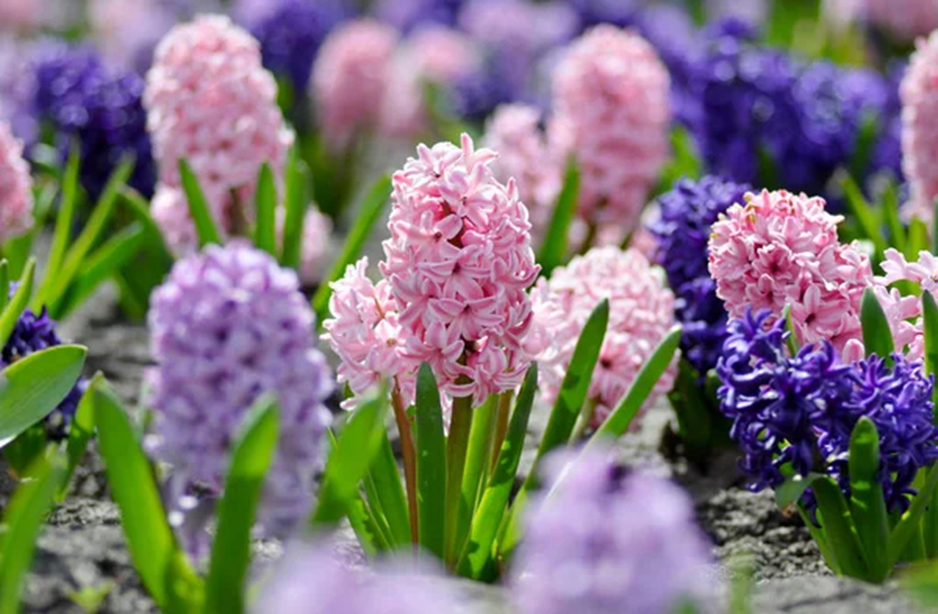
Large, healthy bulbs must be chosen while choosing hyacinth bulbs. Larger bulbs are more likely to blossom repeatedly and produce larger flowers. In addition, look for bulbs that are weighty, robust, and devoid of mould or flaws.
Wait till the weather is cooler in the autumn or early winter before planting your hyacinth bulbs. Hyacinths love to soak up the sun’s rays, so be sure to select a location with good drainage and lots of sunlight. Put your bulb in the hole with the sharp end facing up, about six inches deep and six inches apart. Give your bulbs a good watering and a layer of soil to help them settle in.
Think about growing your hyacinth bulbs in pots if you live somewhere with severe winters or if you just can’t wait to see those bright flowers. Then, when the weather starts to warm up, you can move them outside to your garden for a stunning display. Your hyacinth bulbs will reward you with a lovely burst of colour in the spring if you give them a little care.
Conclusion
With their fragrant blossoms and eye-catching hues, hyacinth plants make a lovely addition to any garden. Hyacinths are simple to grow and take care of if you use the advice provided in this blog post.
Picking healthy bulbs, planting them in well-drained soil, watering them frequently but not excessively, applying light fertilizer, deadheading wasted blooms, and avoiding disease and pest infestations are all important.
Your hyacinth may thrive with a little tender loving care.
Frequently Asked Questions
When is the Best Time to Plant Hyacinth Bulbs?
The best time to plant hyacinth bulbs is in the autumn or early winter when the weather is cooler. This allows them to establish themselves before the ground freezes.
How Should Hyacinths Be Watered to Prevent Root Rot?
To prevent root rot, hyacinths should be deeply watered once a week instead of receiving a small amount of water each day. This allows the water to penetrate deeply into the soil, promoting stronger roots.
How Should Fertilizer Be Applied to Hyacinths?
To apply fertilizer to hyacinths, choose a balanced fertilizer designed for flowering plants with a ratio of 10-10-10 or 5-10-10 nitrogen, phosphorus, and potassium. Sprinkle the fertilizer around the base of the plant, taking care not to get any on the foliage, and then water deeply to help it soak into the soil.
How Do You Control Pests and Diseases in Hyacinths?
To avoid pests and diseases in hyacinths, plant them in well-drained soil and don’t overwater them. To control fungal growth, remove infected leaves or flowers and apply a fungicide if necessary.

